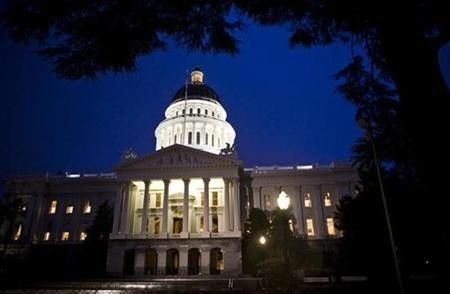State Budgets Still Under Strain as Revenues Grow Slowly: Report

States could be facing further budget shortfalls and cutbacks as they try to compensate for evaporating federal stimulus money and explosive growth in healthcare costs, according to a new report by the National Governors Association and the National Association of State Budget Officers.
Things have improved since the nadir of the recession, when plummeting tax revenue let states to scale back their spending. The report finds that the overall fiscal picture has brightened, with states steadily spending more and pulling in more revenue. But their gradual recovery is eclipsed by other budgetary pressures, notably the spiraling cost of Medicaid.
This report shows that state budgets are certainly improving, however growth is weak and there is not enough money for all of the bills coming in, said National Association of State Budget Officers Executive Director Scott Pattison in a press release. State officials will still be cutting some programs and increases in funding for any program except for health care will be rare.
While revenue and spending remain below their pre-recession levels, the report found some bright spots. Overall general fund spending is projected to total $666.6 billion in 2012, compared to $648.1 in 2011 and $623.4 in 2010, and 43 states are committed to spending more in 2012 than in 2011. The number and total magnitude of mid-year budget cuts, a reliable indicator of fiscal woes, continued to diminish.
But states will no longer be able to rely on the federal stimulus dollars that had helped buoy them during the recession, with only about $3 billion remaining. The lack of federal support is compounded by spending cuts enacted by Congress, and states are awaiting the impact of the automatic budget cuts triggered by the failure of the Congressional deficit reduction supercommittee.
The federal stimulus dollars for healthcare and education filled in for about a third of [state] revenue shortfall, but because the impacts of recession have lasted so long the stimulus dollars are running out before revenues have recovered, said Elizabeth McNichold, a senior fellow at the Center on Budget and Policy Priorities. It's going to be a couple years before revenues get back to pre-recession levels.
Medicaid represented the single largest expense for states, accounting for nearly a quarter of total spending in 2011. Enrollment in the federally supported healthcare program has steadily risen as a weak economy has pushed more people into poverty, and the mounting cost outstripped the growth in revenue collection.
The fundamental thing driving this is that per capita health care costs in general are increasing faster than the economy, said Barry Anderson, deputy director of the National Governors Association. This is not new, but it has not yet been controlled by the Affordable Care Act or any other mechanisms.
Local governments are also feeling the strain, with many states reducing aid to localities. The anemic housing market is also playig a role -- because property tax levels take a few years to catch up with assessments, many local governments could see their tax collection continue to tumble.
They've turned in the past to state governments to try and make up the difference, but state governments aren't really in that good of shape either, said Anderson. So it's a case of state governments being squeezed both by the federal government and by the local governments and the local governments being squeezed by their lack of revenues.
© Copyright IBTimes 2024. All rights reserved.





















